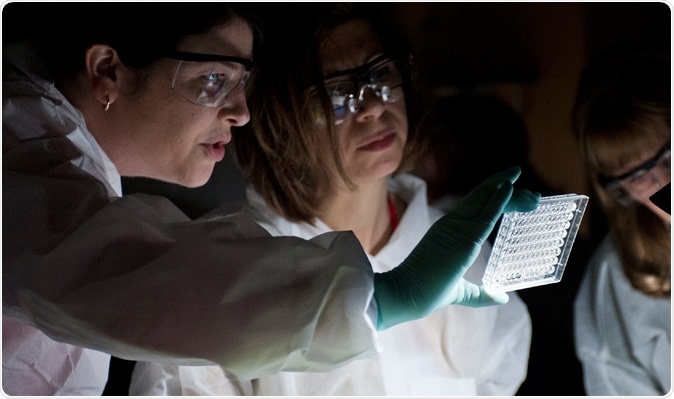Antibiotic resistance is on the rise and how! The Centers for Disease Control and Prevention (CDC), this week (3rd April 2018), released a warning that these bacteria that are near impossible to kill with the available antibiotics are on the rise.
They report that they have started a targeted campaign against these “nightmare bacteria” and the infections that are caused by them which are difficult to treat with the current armament of antibiotics. These bacteria are capable of fighting off the antibiotics against them and rendering them useless. This can turn simple treatable infections into nightmarish and life threatening infections.

Germs that are near impossible to kill are on the rise warns CDC. Image Credit: CDC
Bacteria have been treated with antibiotics since the development of Penicillin by Alexander Fleming. Over the past seven or eight decades there has been a vast increase in the types of antibiotics that humans have developed for use against these bacteria. With time the bacterial species have developed their own defences against these antibiotics. This resistance has been developed by mutated bacteria which develop genes to combat the antibiotic and render it ineffective and the “resistance” gene is passed on to the next generation of bacteria making them resistant to antibiotics that they were “sensitive” to before. Laboratories can test samples for bacterial resistance by looking at the antibiotics that the bacteria would or would not respond to. This is called a resistance pattern. Sometimes antibiotic resistant traits give specific bacteria their names such as “methicillin-resistant Staphylococcus aureus” or MRSA or “vancomycin-resistant Staphylococcus aureus” or VRSA or “Carbapenem-resistant enterococci” – CRE etc. When bacteria become resistant to major and more than one powerful groups of antibiotics, they are called “multi-drug resistant”. Over 23,000 Americans are killed each year due to infections and complications from antibiotic-resistant strains of bacteria says the CDC.
For this report, the CDC organized laboratories in 50 states and Puerto Rico to test around 5776 samples of bacteria that came from highly resistant strains. They found that one in four samples have strong resistance to antibiotics and these bacteria also contain genes that could transfer this resistance trait to other bacteria as well making them resistant. These resistance genes are “especially rare”, the researchers noted. There were 221 types of these resistant genes they found. As a next step the researchers looked at the people who were carrying these infections. These persons are termed “carriers” as they can carry the bacteria and spread to other persons in their vicinity but do not have the infection themselves. The team noted that one in ten persons were carriers for these resistant bacteria of several different species. This is the first time that the CDC has undertaken a cross-nation search for the resistant bacteria and tried to quantify the problem. The next step would be to try to find strategies to curb this menace.
Dr. Anne Schuchat, Principal Deputy Director of CDC explained that these resistant strains of bacteria are capable of causing “resistant infections that are virtually untreatable with modern medicine.” Residents of hospitals and nursing homes as well as care facilities are more prone to be infected by these resistant bacteria she explained. Infections with these bacteria however result in deaths of half of the individuals she added because of the challenge in treating and killing these bacteria.
This new report also shows that the genes that the bacteria develop to fight the antibiotics are shared among species and strains of bacteria making them all resistant. This is a potential cause for worry say experts. Dr. Schuchat said that the CDC has called upon all healthcare facilities to report even single and isolated cases of resistant pathogen caused infections. They have called these isolated cases as “sparks” that could lead to widespread “fires”.
Reference: https://www.cdc.gov/vitalsigns/containing-unusual-resistance/index.html